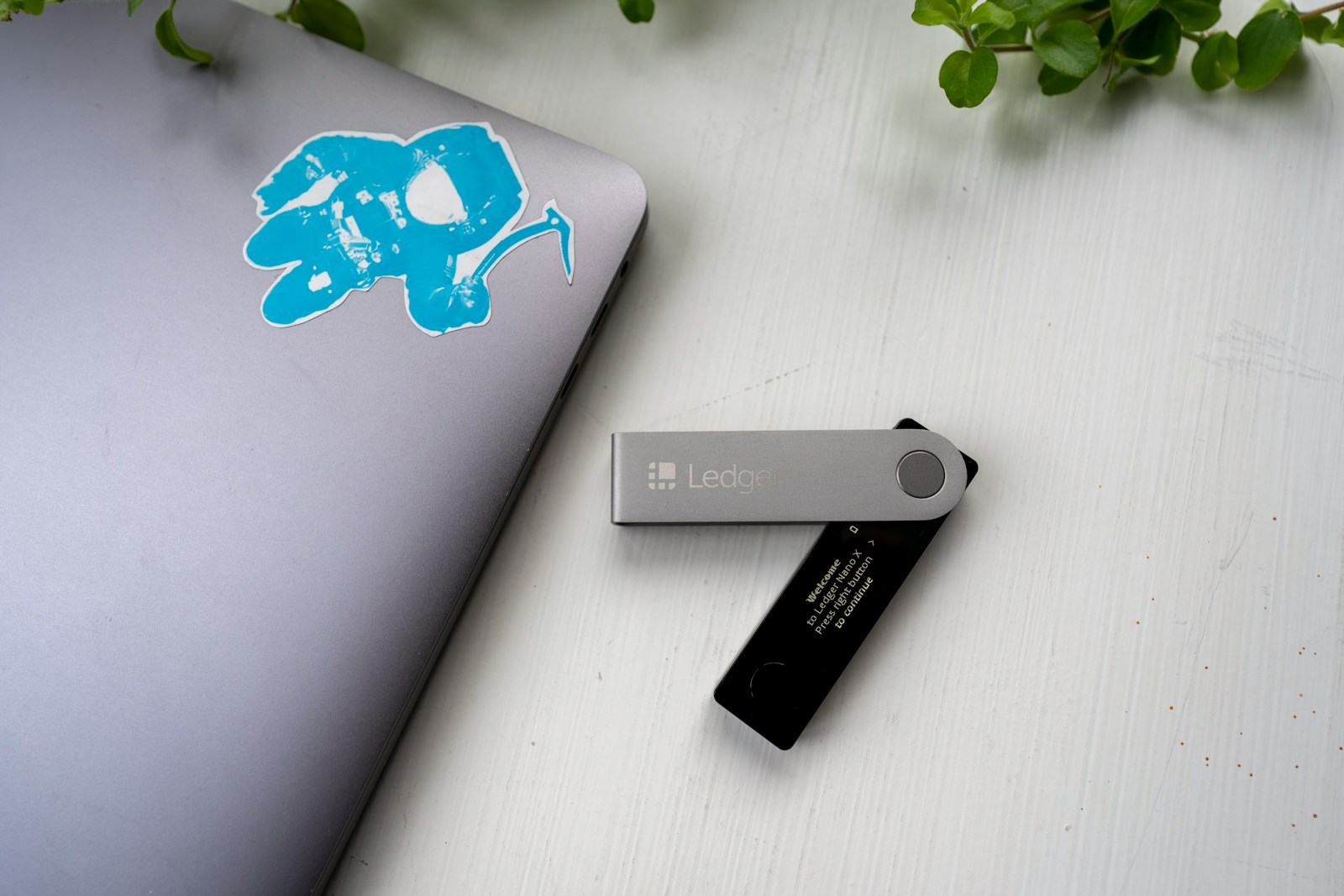
The most effective solution to enhance transaction throughput and overall network performance lies in implementing sharding. By dividing the entire database into distinct partitions, or shards, each node processes only a fraction of the total data. This partition strategy drastically improves processing capacity and reduces latency, enabling networks like Ethereum 2.0 to target thousands of transactions per second instead of current single-chain limits around 15-30 TPS.
Unlike traditional approaches that replicate the entire ledger on every node–limiting speed and increasing resource consumption–sharding optimizes computational load distribution. Each shard functions independently but maintains consensus through cross-shard communication protocols. This architecture significantly boosts operational efficiency, as nodes validate smaller data segments rather than the whole chain, cutting down verification time and energy costs.
Recent deployments demonstrate how partitioning network state can resolve bottlenecks caused by increasing user demand and smart contract complexity. For instance, projects incorporating sharded structures report up to a 10x rise in transaction finality speed without compromising security guarantees. As decentralized applications grow more sophisticated, this scalable framework becomes indispensable for sustaining robust ecosystem growth while maintaining decentralization principles.
Sharding: blockchain’s answer to scaling problems [Crypto Fundamentals basics]
Partitioning a decentralized ledger into smaller, manageable segments significantly enhances transaction throughput. This method, known as sharding, divides the network into distinct pieces–shards–that operate in parallel. Each shard processes its own subset of transactions and smart contracts independently, which increases overall speed without compromising security or decentralization. For example, Ethereum’s transition toward a sharded architecture aims to boost its capacity from roughly 15 transactions per second (TPS) to potentially thousands.
The primary benefit of this approach lies in its ability to improve efficiency by reducing the workload on individual nodes. Instead of every node validating all network data, nodes validate only their assigned shard. This targeted validation reduces latency and bandwidth consumption across the network. However, coordinating these shards requires sophisticated cross-shard communication protocols to ensure consistency and prevent double spending.
Technical Overview and Challenges
Implementing partition strategies within distributed ledgers demands robust consensus mechanisms that maintain security despite fragmented data. Parallel processing enables simultaneous execution of transactions but introduces complexity in maintaining atomicity across shards. Cross-shard transaction finality relies on protocols such as asynchronous message passing or beacon chains acting as coordinators. For instance, Polkadot employs parachains connected via a relay chain to synchronize state transitions securely.
From a performance perspective, empirical studies suggest that sharded networks can scale linearly with the number of shards under ideal conditions. Yet real-world deployments face bottlenecks like uneven load distribution and latency overhead from inter-shard communication. Solutions like adaptive partitioning algorithms dynamically rebalance transaction loads among shards based on network activity patterns, enhancing throughput stability over time.
Recent market trends show an increasing adoption of sharding-based architectures among Layer 1 blockchains aiming for mass adoption. Near Protocol’s use of Nightshade technology exemplifies how splitting ledger data can maintain decentralization while reaching TPS rates exceeding 1000 with sub-second finality. Such advancements demonstrate that partitioning is not merely theoretical but practically viable at scale.
Ultimately, leveraging shard partitioning presents a scalable solution that addresses inherent limitations in monolithic blockchain designs. While it introduces additional protocol complexity and requires vigilant security auditing–especially concerning cross-shard communication–the trade-off favors enhanced network speed and resource optimization. As the industry evolves, continuous innovation in shard management will be pivotal for unlocking higher performance thresholds essential for mainstream crypto applications.
How sharding improves transaction throughput
Sharding significantly enhances transaction processing speed by partitioning the network into smaller, manageable segments called shards. Each shard processes its own subset of transactions and smart contracts in parallel with others, effectively multiplying the total throughput. For instance, Ethereum 2.0 aims to implement 64 shards, theoretically increasing the network’s capacity from roughly 15 transactions per second (TPS) to thousands or even tens of thousands TPS.
This method reduces the workload on individual nodes since they no longer need to validate every transaction across the entire blockchain. Instead, nodes validate transactions only within their assigned shard. This division not only accelerates processing but also decreases latency, enabling faster confirmation times without compromising security or decentralization.
Technical mechanisms behind enhanced throughput
The partitioning principle underlying sharding enables parallel execution of transactions across shards, circumventing traditional bottlenecks where all nodes must sequentially process every operation. By isolating state data and computation within shards, communication overhead is minimized, and concurrency is maximized. For example, Zilliqa’s implementation demonstrated a linear increase in throughput proportional to the number of shards up to a practical limit determined by cross-shard communication complexity.
However, maintaining consistency across shards requires sophisticated consensus protocols that coordinate cross-shard transactions securely and efficiently. Solutions like asynchronous consensus or beacon chains act as coordinators ensuring atomicity and finality without stalling shard-level processing speed. This nuanced interplay between isolation and synchronization is crucial for sustaining high throughput while preserving network integrity.
Recent case studies reveal how partition-based architectures outperform monolithic blockchains under heavy load conditions. A comparative analysis showed that Polkadot’s parachain model–conceptually similar to sharding–achieved over 1 million TPS in test environments by distributing workloads among parallel chains interconnected through a relay chain. These figures exemplify how spreading processing tasks can vastly improve overall system performance beyond conventional limits.
Nevertheless, challenges remain regarding data availability and security guarantees when increasing the number of partitions. Advanced cryptographic techniques such as fraud proofs and zero-knowledge rollups complement sharding by assuring transaction validity off-chain while maintaining trustlessness on-chain. The integration of these technologies suggests a layered approach to scaling that balances speed with robustness in evolving network conditions.
Implementing shard coordination mechanisms
Effective shard coordination directly impacts the overall throughput and reliability of distributed ledger networks. Coordinating shards requires precise synchronization protocols that manage cross-shard communication and transaction finality without introducing bottlenecks. For instance, Ethereum 2.0 employs a beacon chain to orchestrate validators across multiple shards, ensuring consensus consistency while maintaining processing speed. This partitioned approach allows parallel transaction execution but demands robust mechanisms to prevent double-spending and maintain atomicity across shards.
To optimize efficiency, shard coordination must balance workload distribution with network latency constraints. Protocols like Polkadot’s relay chain exemplify this by validating parachains in parallel yet aggregating state roots sequentially to guarantee security. Such architectures mitigate risks of fragmentation by periodically reconciling state data, thus preserving the integrity of the entire network. The challenge lies in designing algorithms that minimize overhead from inter-shard messaging while maximizing throughput gains from concurrency.
One technical solution involves employing asynchronous communication channels combined with cryptographic proofs that confirm transaction validity across partitions without waiting for global consensus at every step. For example, zk-rollups utilize succinct zero-knowledge proofs to attest shard computations off-chain before submitting commitments on-chain, drastically improving processing speed and reducing computational load on the main network. These methods enhance scaling potential by isolating shard activities yet enabling rapid finalization through verifiable proofs.
Recent market trends reveal increased interest in dynamic shard allocation based on real-time usage metrics to further boost network performance under variable demand conditions. Adaptive coordination protocols can reassign resources among shards, preventing overloads and optimizing parallelism during peak periods. However, implementing such elasticity necessitates sophisticated monitoring tools and predictive models capable of forecasting transaction spikes while maintaining security guarantees across the system’s partitions.
Conclusion: Security Risks in Shard Design
The partition of a network into multiple shards increases transaction processing speed by enabling parallel operations, but this architectural shift introduces distinct security vulnerabilities that must be addressed to maintain system integrity. Cross-shard communication complexity and the risk of single-shard takeover attacks remain significant challenges that directly impact both throughput and resilience.
Ensuring robust validator distribution across shards is critical; concentration of malicious actors within a single shard can compromise its consensus, undermining the entire system’s trust. For instance, Ethereum’s recent implementation attempts to mitigate these risks via random sampling of validators and frequent reshuffling, which reduces attack surface but increases coordination overhead, slightly affecting overall efficiency.
Technical Insights and Future Directions
- Network Partitioning: Dividing state and transaction load allows for near-linear improvements in processing speed; however, inconsistent shard finality times can create transient forks or data availability issues.
- Parallel Processing Benefits vs. Risks: While parallelism accelerates throughput, it complicates atomic cross-shard transactions, necessitating advanced cryptographic proofs or optimistic execution models that currently introduce latency trade-offs.
- Validator Assignment Strategies: Randomized and weighted assignments reduce collusion probability but require continuous entropy sources and increase protocol complexity.
A forward-looking perspective suggests layered solutions combining adaptive quorum thresholds with machine learning-driven anomaly detection could enhance shard-level security without sacrificing speed. Furthermore, integrating zero-knowledge proofs in inter-shard validation holds promise for maintaining privacy and consistency concurrently.
The evolution of shard design must balance scaling ambitions with rigorous threat modeling. As networks grow more fragmented to handle increased demand, vigilance against partition-specific exploits will determine whether distributed ledger technologies can sustain decentralized trust at scale or fall prey to sophisticated adversaries exploiting isolated weaknesses.








